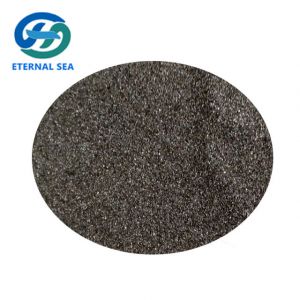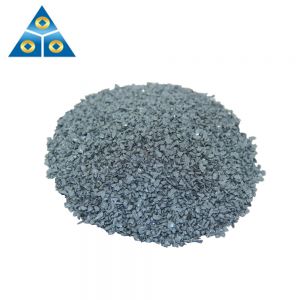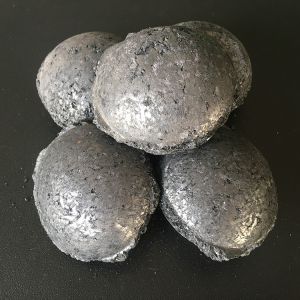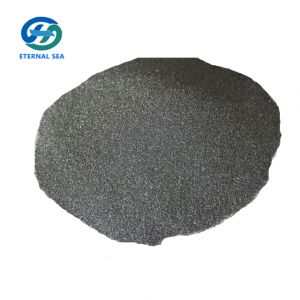The relationship and difference between ferrosilicon nitride and ferrosilicon
Ferrosilicon nitride is a compound composed of silicon and iron elements. It has high hardness, high melting point and excellent wear resistance. According to different production processes and formulas, ferrosilicon nitride can be divided into the following types:
Ferrosilicon nitride (Si3N4-Fe): Ferrosilicon nitride is obtained by mixing silicon and nitrogen sources (such as ammonia) with iron powder, and then reacting at high temperatures. Ferrosilicon nitride has high hardness, high melting point and excellent wear resistance. It also has high oxidation resistance and is often used in the manufacture of high-temperature wear-resistant materials and ceramic cutting tools.
Ferrosilicon nitride alloy (Si3N4-Fe): Ferrosilicon nitride alloy is obtained by mixing silicon, nitrogen source and iron powder in a certain proportion, and then reacting at high temperature. Ferrosilicon nitride alloy has high hardness, high melting point and excellent wear resistance. It also has high strength and toughness and is often used to manufacture high-strength wear-resistant materials and structural parts.
The production of ferrosilicon nitride mainly includes mixing silicon powder, iron powder and carbon source or nitrogen source in a certain proportion. The mixture is placed in a high-temperature reaction furnace for high-temperature reaction. The reaction temperature of ferrosilicon carbide is usually 1500-1800 degrees Celsius, and the reaction temperature of ferrosilicon nitride is usually 1400-1600 degrees Celsius. The reaction product is cooled to room temperature, and then ground and sieved to obtain the desired ferrosilicon nitride product.
Ferrosilicon is generally produced using a submerged arc furnace smelting method and then a continuous operation method. What is a continuous operation method? It means that the furnace continuously melts after passing through high temperatures, and at the same time, new charge is continuously added, throughout the smelting process. During the process, no arc is exposed, so the heat loss is relatively small.Ferrosilicon can be smelted in continuous production in large, medium and small submersible furnaces. Furnace types include fixed and rotary types. Rotary electric furnaces have been widely used this year because the rotation of the furnace can reduce the consumption of raw materials and electricity, reduce the labor intensity of processing furnace materials and improve labor productivity. Rotary electric furnaces are available in one-piece and two-stage types. Most furnaces are circular in shape. The working layer of the furnace bottom and the lower part of the furnace is built with carbon bricks, while the upper part of the furnace is built with clay bricks and uses self-baking electrodes.
Ferrosilicon production is operated continuously. According to the furnace's unloading situation, small batches are continuously added to the furnace, and the accumulated alloy in the furnace is regularly discharged. The prepared furnace materials are accurately weighed according to the prescribed proportions. The batching should be carried out in the prescribed order to ensure that the furnace materials are evenly mixed. The density of silica, the density of steel scraps, and the density of raw materials must be carried out in appropriate proportions. In order to ensure that the charge can be mixed evenly after it descends from the tube, whether the charge is evenly mixed or not has a great impact on smelting. In order to ensure that the charge is evenly mixed. , only one batch of materials is allowed to be weighed at a time, and no more than two batches of materials can be stored for each material.

-

Good Products From China Used In Steelmaking-- Ferro Silicon Powder
$900.00 - $1,500.00 / Metric Ton
-

Particle Size Si Content 72% Ferrosilicon With Highest Current Demand
$1,000.00 - $1,500.00 / Ton
-

Custom New Export Silicon Briquette 50-65 Replace Ferrosilicon
$450.00 - $700.00 / Metric Ton
-

free sample hot sale ferrosilicon powder in Anyang
$800.00 - $2,000.00 / Ton
